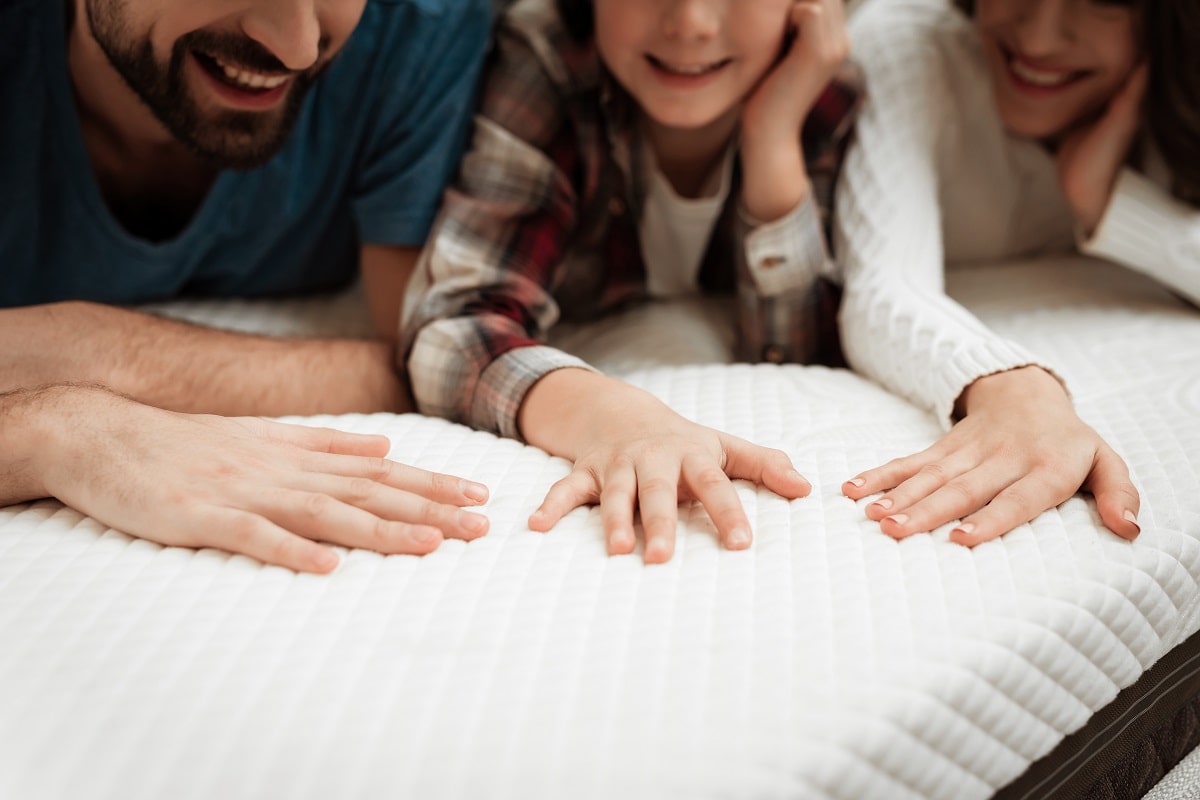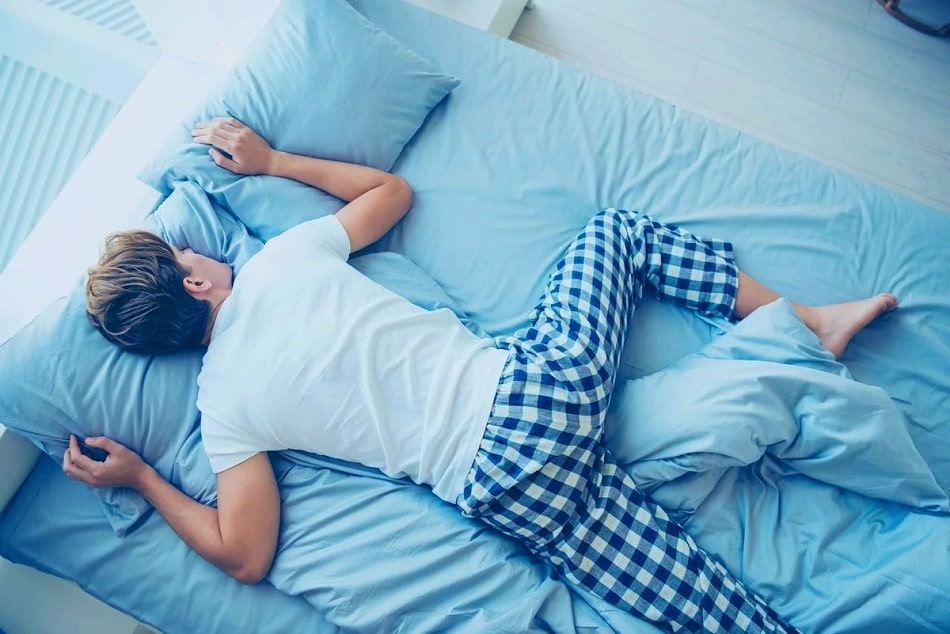
Three fundamental steps to follow to find your best mattress, the right model for your needs, three necessary considerations to get you closer to the right choice, with universal advice and suggestions aimed at particular needs such as back problems or other sleep disorders.
Fundamental criteria for choosing a mattress:
- Rest position, identify your current favorite position;
- Relate rigidity and body weight, but with distinctions;
- Consider the bed or mattress base where you will use the mattress.
Sleeping Position
Let's start with your current sleeping position, which is essential for identifying the most suitable mattress for you. Current sleeping posture. Consider your current sleeping position when choosing a mattress, keeping in mind that if your current mattress is old or has never really satisfied you, your current position might simply be the best your current mattress can offer. A new, more high-performing mattress might actually lead you to adopt a different sleeping position that improves your sleep quality.
Prone Position
Sleeping in the prone position, lying on your stomach, is the worst sleeping position because it forces the neck into an unnatural twist. The body’s weight presses downwards, and even without a pillow, it’s a harmful posture that you may have adopted due to a firm mattress that couldn't conform to your body’s natural curves while lying on your back or side, pushing you to endure the prone position.

If you don’t want or are unable to change this position (due to back problems or other physical issues), the best choice is medium-firm or firm mattresses. For prone sleeping, pocket spring mattresses with a firmer feel or traditional springs are better, as they offer a linear, non-conforming support. Let’s take a look at some specific models to give you an idea of what kind of mattresses to consider.
Recommended mattresses for prone sleeping, budget range €800.00 to €1500.00:
Cotton 800 pocket spring mattress, without memory foam, is less conforming and therefore better at preventing back arching when sleeping prone. Medium-firm mattresses without memory foam are recommended for stomach sleeping;
King Sanitized, similar to the previous one but with a slight layer of memory foam, can help you gradually explore new sleeping positions and possibly abandon this harmful one. It can also be used on the non-memory side, which is firmer;
Gransasso Gabrielli, the firmest of them all, especially recommended for body weights between 90 and 120 kg.
Side Position
If you sleep on your side, you need conforming mattresses with a higher degree of upper comfort zones—meaning more top padding that adapts to your body's more prominent areas. The best mattresses for side sleepers are medium-firm memory foam or pocket spring mattresses. Latex is also a good option, but not in a firm version, unless your weight exceeds 100 kg and your height is between 160 cm and 200 cm.
Mattresses suitable for side sleeping, with a budget between €1500 and €2500, are:
Air Fresh Tech, a three-layer memory foam mattress (two layers of memory foam), recommended if you're a side sleeper with an approximate body weight between 60 and 90 kg,
King 800 Superior, if you still prefer a firmer mattress, though it performs very well in the upper comfort zone thanks to its soft-touch pad;
Simmons Excellence Natural medium-firm support, ideal if you sleep on your side, featuring Beautyrest Smart Response springs and a light layer of memory foam to follow the body’s curves on the side. A firmer version is recommended if you sleep on your side and weigh over 100 kg. Price for a double: about €2200 to €2500.
Supine Position
Desired by many but practiced by few, the supine position—lying on your back—is the best position for your spine, neck, digestion, and breathing (especially when paired with the right pillow). All organs benefit from this position as they’re not compressed and can remain more relaxed. The spine and neck especially benefit, as they can align correctly. This is possible only with the right mattress, depending on your weight as well.
Mattresses for supine sleeping, for approximate body weight between 60 and 100 kg
You can still consider the previous three mattresses, because for sleeping supine you need a spring and memory mattress or a memory-only mattress, with medium firmness—something that adapts without collapsing, and with a soft surface that molds to your body’s line when lying on your back.
The best mattress for supine sleeping is Gabrielli Memory Fresh Air Tech.
